Previously, Ms. Nguyen Thi Thanh's family (village 12, Hoa Le commune) grew 5 hectares of coffee. However, after many years of farming, Ms. Thanh realized that monoculture was difficult to bring high economic efficiency. In 2019, after researching, she boldly converted 1 hectare of her family's coffee to growing mulberry to raise silkworms.
Accordingly, Ms. Thanh invested 350 million VND to buy mulberry seeds and build a farm to raise silkworms. At first, she only tried raising 1-2 boxes of silkworms/batch, after 14 days of raising, she harvested about 140 kg of cocoons. With an average selling price of 150,000 VND/kg, after deducting expenses, her family earned a profit of 18 million VND.
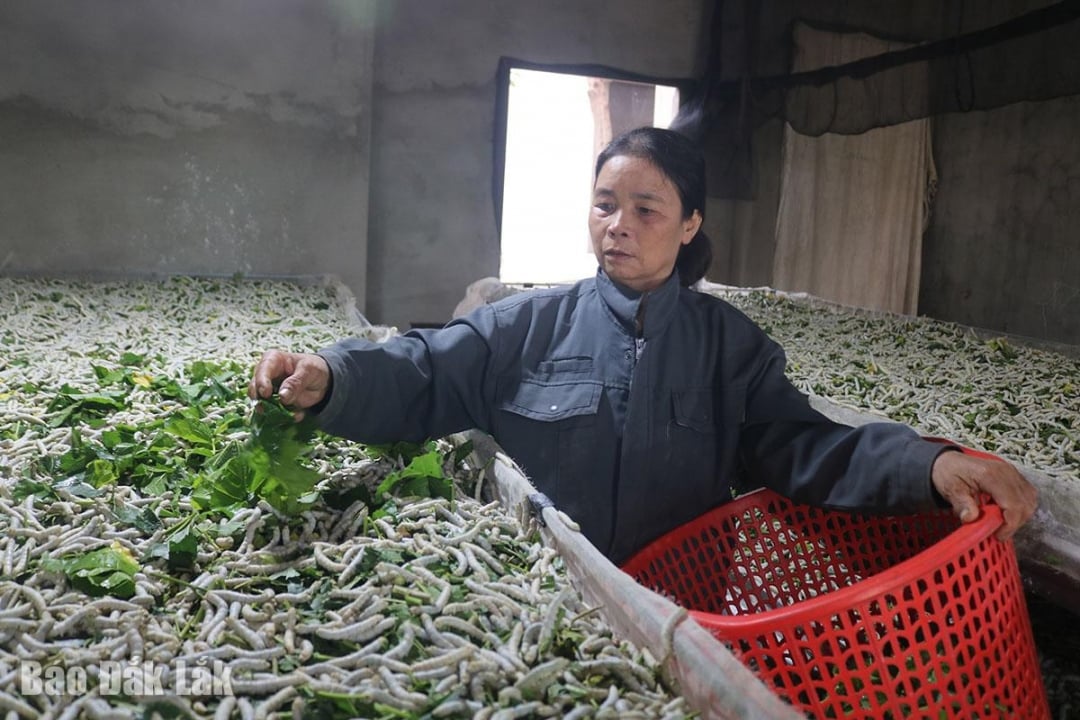 |
| Ms. Nguyen Thi Thanh (village 12, Hoa Le commune, Krong Bong district) takes care of silkworms. |
Realizing that growing mulberry and raising silkworms brings high profits, Ms. Thanh continued to invest in expanding the scale of farming. Up to now, Ms. Thanh's family's mulberry growing area has reached 3.5 hectares and has a 280 m2 silkworm house. On average, her family raises 5 batches of silkworms each year (raising 6 boxes of silkworms/batch).
With business going well, Ms. Thanh converted the remaining 1.5 hectares of coffee to grow durian and early-ripening lychee. In addition, she also cultivated nearly 1 hectare of rice to increase her family's income. Currently, this integrated agricultural model brings Ms. Thanh's family a profit of more than 1.2 billion VND/year.
Not only does she develop her family’s economy, Ms. Thanh also lends capital to 5 poor households in the village, supports them with seeds and techniques to grow mulberry and raise silkworms. At the same time, she creates regular jobs for 7-9 local workers.
Similarly, Ms. Pham Thi Ha's family (village 11, Hoa Le commune) also earns nearly 500 million VND/year thanks to the two-crop ST rice growing model. Her family has 3 hectares of rice land, previously they often planted Q4 and Q5 rice varieties, but these varieties often broke down when it rained, affecting productivity and quality; the selling price was only 7,500 - 7,900 VND/kg of dry rice.
In 2020, Ms. Ha decided to switch to growing ST24 and ST25 rice varieties; at the same time, promoting the application of scientific advances and bringing machinery into rice cultivation such as: spraying pesticides by drones, using seeders, tillers, harvesters, etc.
Thanks to that, the family's average rice yield reached 1 ton/sao, and traders came to buy it at a price of more than 10,000 VND/kg of fresh rice without having to dry it. "After deducting all investment costs, the family still earned a profit of nearly 500 million VND/year," Ms. Ha calculated.
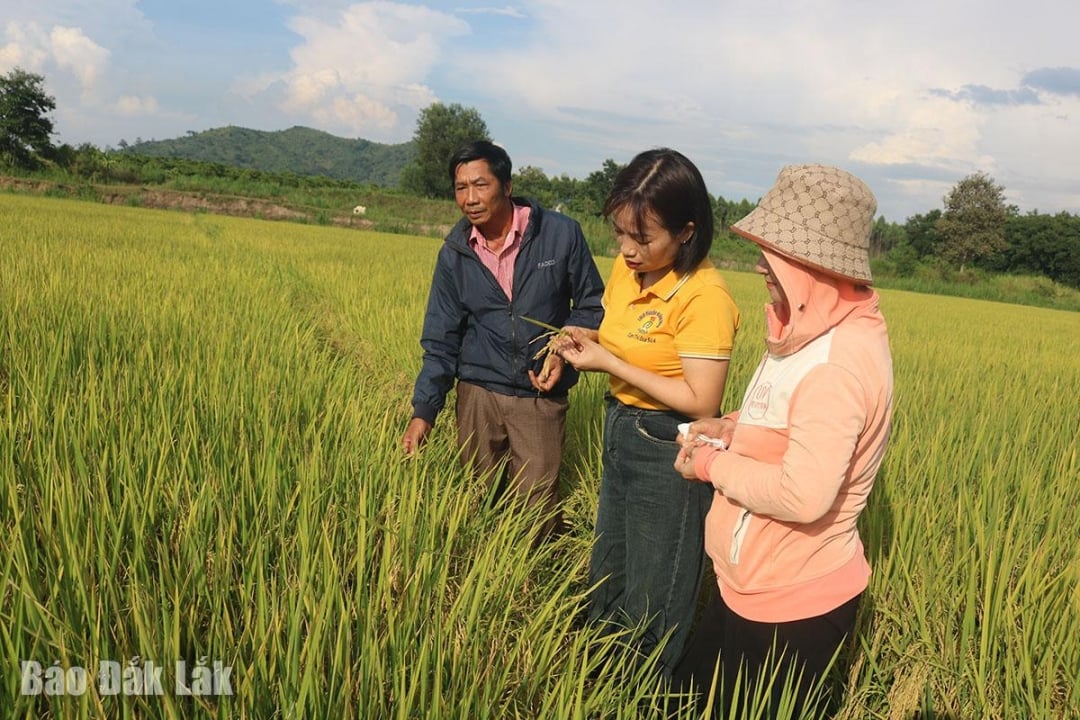 |
| Representatives of the Farmers' Association of Krong Bong district visited the rice growing model of members and farmers in Hoa Le commune. |
Every year, from the capital she has saved, Ms. Ha buys more land to expand production. Along with the rice growing model, Ms. Ha’s family currently owns 1 hectare of coffee and 9 hectares of planted forest.
In addition, in Krong Bong district, there are many production and business models of farmers that bring high economic efficiency. These include the model of growing crops (coffee, rice, peanuts) combined with raising cattle in captivity of Mr. Y De Kuan's household (Ea Trul commune) generating an income of more than 300 million VND/year; the model of growing coffee and lychee with an area of 2.8 hectares of Mr. Nguyen Van Minh's household (Dang Kang commune) achieving a profit of 750 million VND/year; the multi-tree model (coffee, pepper and rice) of Mr. Y Bo Byă's household (Hoa Phong commune) annually bringing in an income of more than 450 million VND; the model of growing pineapple and durian of Mr. Tran Duy Tu's household (Cu Dram commune) generating an income of more than 900 million VND/year; the model of producing and processing agricultural tools of Mr. Dang Tai's household (Krong Kmar town) with an income of more than 550 million VND/year...
Chairman of the Farmers' Association of Krong Bong District Le Van Thuat said that in recent times, farmers' associations at all levels in the district have implemented many activities to support members and farmers in economic development such as: opening vocational training classes, training on technology transfer in cultivation and animal husbandry; organizing tours to learn about effective economic models in and outside the province; helping to access loan sources for investment in production and business... At the same time, the association also supports and guides the construction and development of linkage and cooperation models according to the value chain, agricultural production models that promote the potential and advantages of the locality to improve economic efficiency.
| During the period of 2017 - 2024, the entire district of Krong Bong has built and replicated 73 typical economic models and has 30,997 good farming and business households at all levels with an average income of 200 - 500 million VND/year. |
Source: https://baodaklak.vn/kinh-te/202506/nong-dan-krong-bong-lam-giau-tu-nhung-mo-hinh-hieu-qua-bb30ae0/










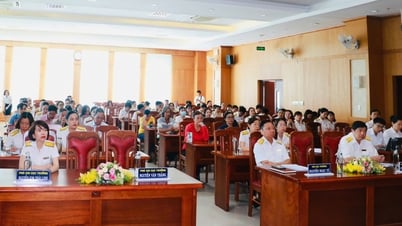

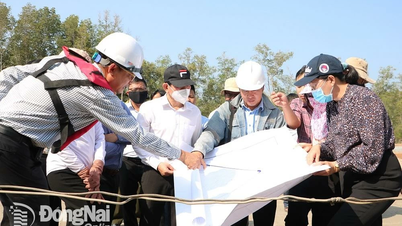

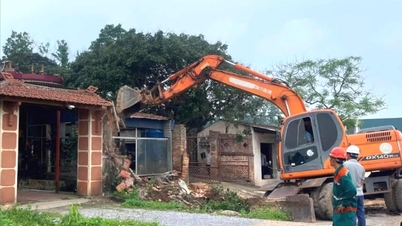



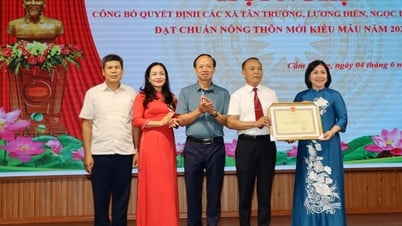




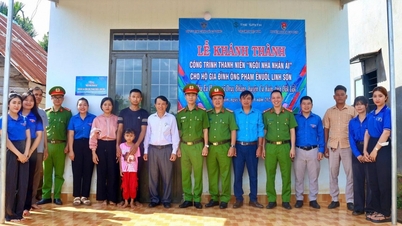
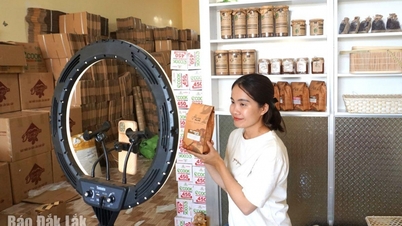
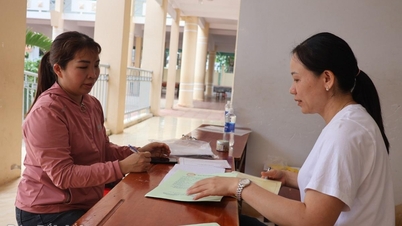
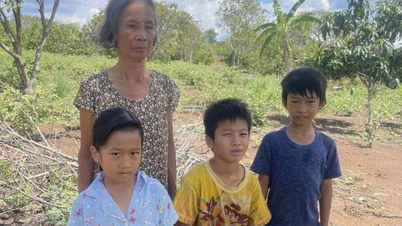

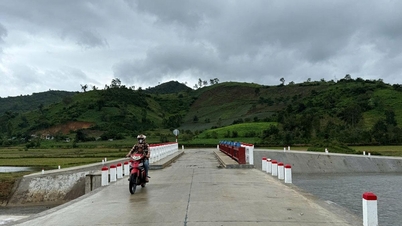










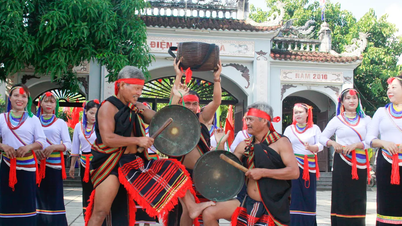

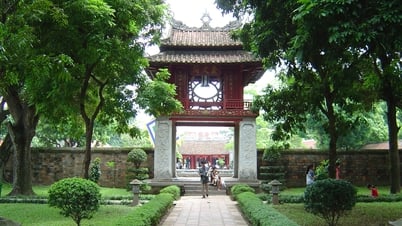







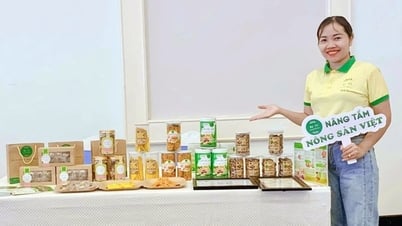






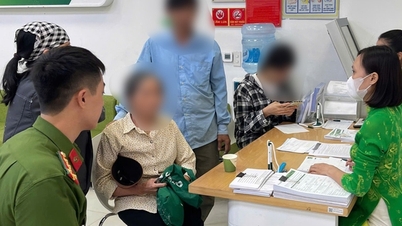


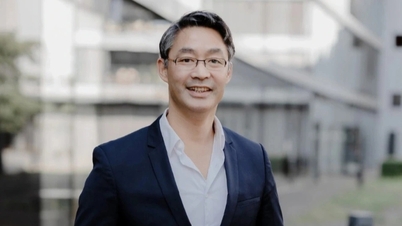

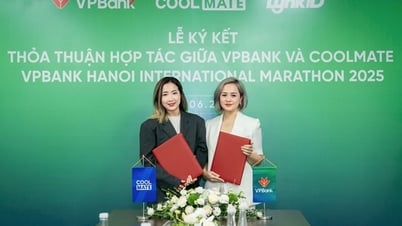













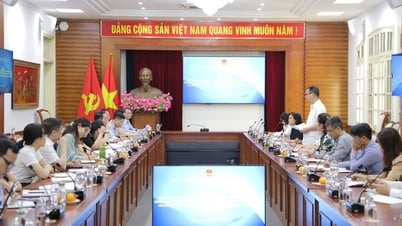


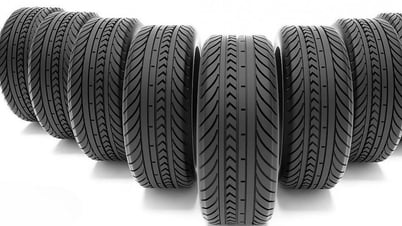

















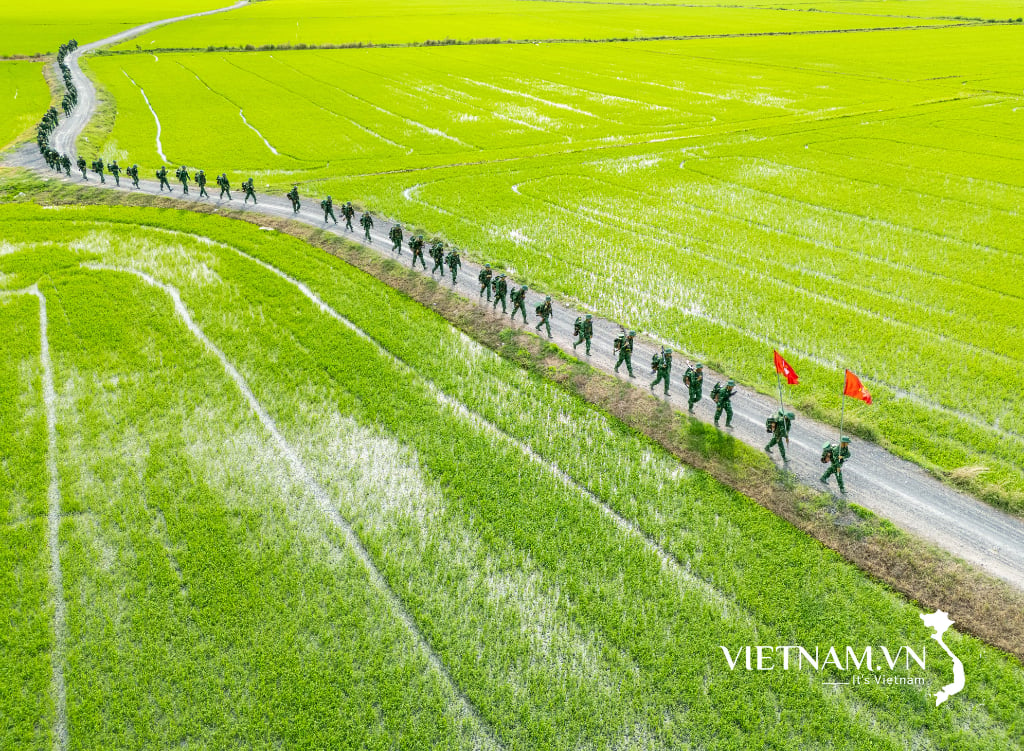
Comment (0)